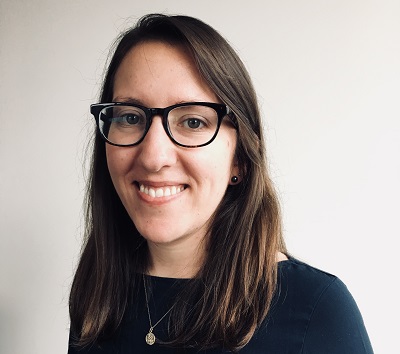One of the rewarding parts of working in education is that for the most part, people really want to be as collaborative and open as possible. Many organizations are doing valuable work collecting and sharing data on innovative schools for others in the field to learn from. By publishing this data, these organizations democratize access to information, which combats the inefficiency and exclusivity inherent in the word-of-mouth school discovery method. At least a dozen databases and lists (and likely more that we’re not aware of) have cropped up in the last few years to elevate stories and share data on innovative practices and school models.
Ideally, these efforts to highlight which schools are innovating, how, and to what end would be not only transparent but also complementary by building on each other. However, despite the great value of the information captured and a collective ethos in favor of sharing, existing sources of data remain stubbornly siloed and self-contained. School innovation data lives in a world of “walled gardens.” Indulge the metaphor for a moment:
- The community garden: Maps and databases that anyone can add to, but that nevertheless use unique formats and data fields at the discretion of the host. (Our team at the Christensen Institute has diligently tended to one of these gardens, the Blended Learning Universe.)
- The sculpture garden: Lists of schools published in PDFs and blog posts that offer valuable insights, but where information can’t be manipulated and often stays static forever. (Schools-to-visit lists from Getting Smart and Springpoint are often cited as places where people look for school recommendations.)
- The botanical garden: Databases rich with stories, resources, and filters that are hyper-curated around specific philosophies or priorities. (Education Reimagined, The Learning Accelerator, Digital Promise, and Jobs for the Future all curate databases that open up rich deposits of information about the schools and districts in question.)
- The secret garden: Lists and databases holding information that isn’t confidential and could benefit the field, but that is nevertheless kept internal within an organization. The reason isn’t always a desire to keep data locked up—sometimes it’s just a lack of incentive or an easy mechanism to make it public.
In themselves, these gardens benefit the field in myriad ways. Our instinct to build data, learn from it, and share it has resulted in resources that contribute valuable information—but the walls around our data gardens make it impossible to get the bigger picture for how schools are shifting towards student-centered models. Data from these sources often can’t be accessed except inside the walled garden (on the organization’s website, for example). If it can be downloaded, it’s impossible to combine it with other data sources because the types of information don’t match. In some cases, data from these sources isn’t updated over time (or can’t be, in the case of many static lists).
Many gardens don’t make a healthy ecosystem
I’m not just throwing stones: as the host of one of these walled gardens (our Blended Learning Universe school directory), the Christensen Institute recognizes how the field is held back by a perception that tending to our own garden is the best we can do. The fact is, it’s not: walled gardens are limiting our ability to learn in a collective and cumulative manner, since new efforts to scan or document school innovation rarely build on previous efforts. This has led to a fragmented and incomplete national portrait of which schools are moving away from traditional approaches, and how they are doing so, despite an abundance of efforts to identify and scale innovation.
All this might feel abstract and academic, but in the span of just a few months exploring these dynamics, I’ve had multiple conversations with organizations investing significant time and resources into new maps or lists — sometimes not taking advantage of any existing data sources, and often with the goal of creating a new walled garden of their very own.
There’s more at stake here than just the opportunity to collaborate better: these are staff hours and funding dollars going towards efforts that are, at best, inefficient due to the incoherence of data in our field, and at worst, duplicative. Moreover, schools and technical assistance organizations are bearing the brunt of this redundancy, since they are asked to complete surveys or identify schools in service of a “new” landscape scan (from which they may never even see results).
Let’s start breaking down our walls
For the most part, there’s a limit to what the people behind these databases and lists can do today. The bigger problem is that we lack the mechanisms for efficient and reliable data sharing. If you’re clued into the conversation about student data interoperability, you’ll be familiar with the concept of data standards: common, mutually understood ways of defining different pieces of information, how they relate to each other, and how they’re shared. Data standards enable interoperability of student information across multiple software tools so educators aren’t doing the integration themselves, working with fragmented information, or throwing in the towel and ignoring the data.
Sound familiar? The same concepts could transform the landscape of data on school innovation, as well. Working towards more standardized data among organizations could reduce duplicative efforts and search costs to identify new models and trends. There are a few simple, actionable ways to be a better data manager today—for example, storing data in spreadsheets with common fields, making data downloadable to the public, and identifying schools in a common way such as with an NCES School ID. But in the longer term, developing common data standards will be what allows various sources of school innovation data to be complementary and cumulative.
The gardens of data we’re tending are blooming because of the innovative work that’s happening in schools, but even the best intentions to share that work can still fall short. Stay tuned for our report, coming in September, to learn more about the collective work we’ve been doing over the past 12 months to show what’s possible when we start taking down the garden walls. Follow us on Twitter to learn when the report is released.


